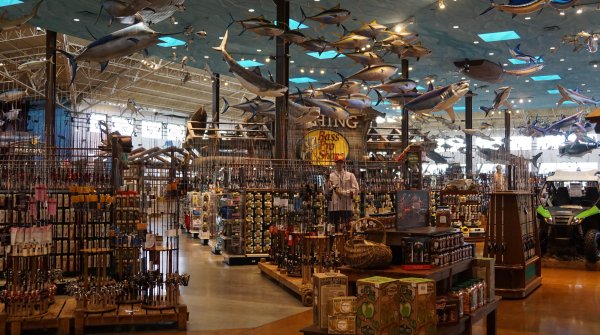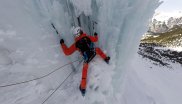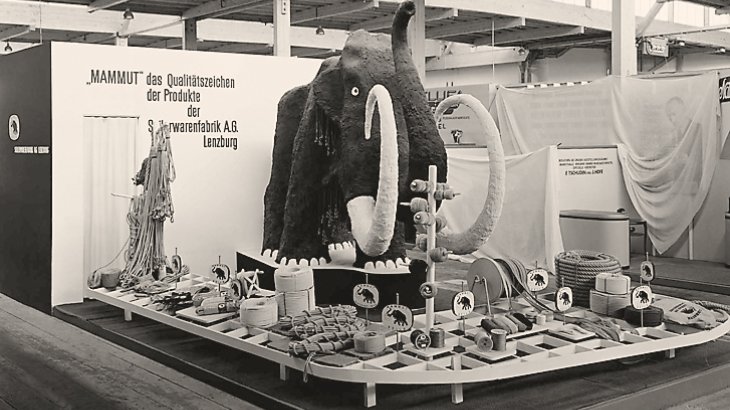
A look back in the history of Mammut (German for mammoth) as an exhibitor on a trade fair.
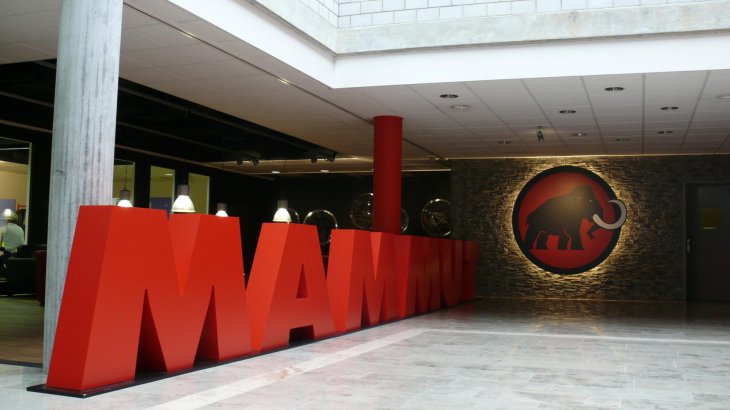
Entrance to the Mammut headquarter in the Swiss village of Seon.
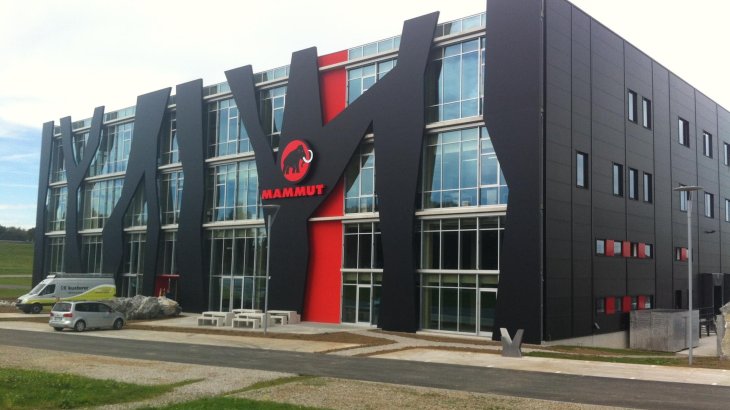
Das Mammut-Logististzentrum in Wolfertschwenden.
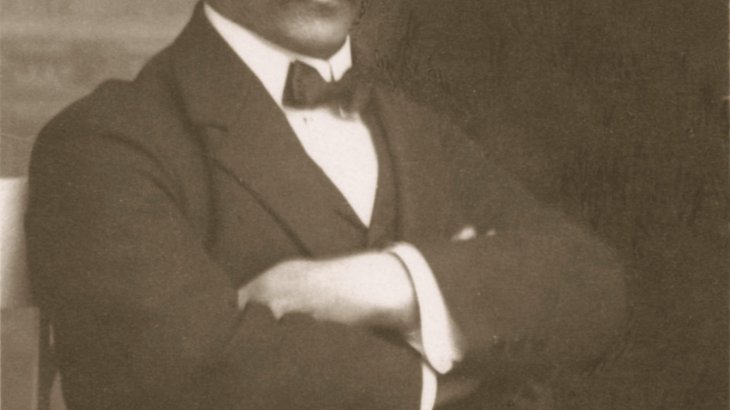
Oscar Tanner, the founder's son, continued the business.
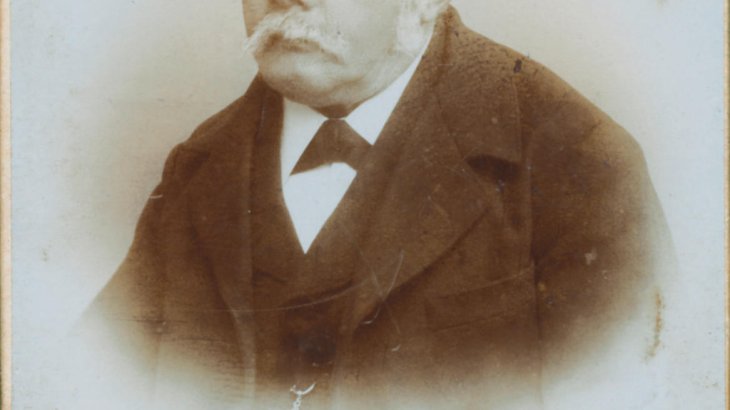
Kaspar Tanner founded the outdoor specialist in 1862 as Seilwarenfabrik AG Lenzburg (CH). The company was rebranded to Mammut in 1943.

Mammut sold its ropery in 2015.
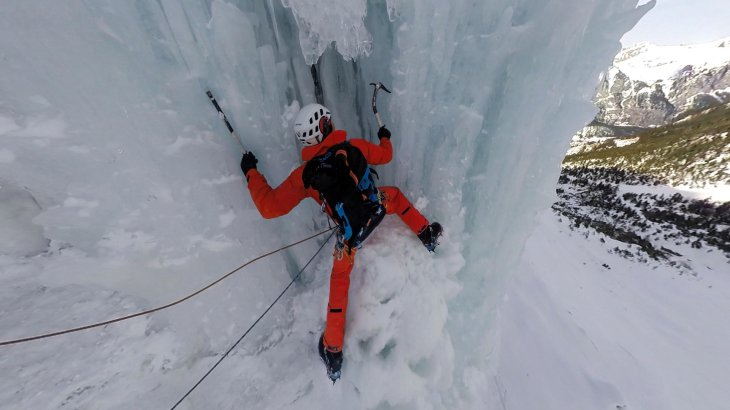
Mammut sponsors speed climbers like Dani Arnold, pictured while climbing through the Ruebezahl in the Swiss village of Kandersteg.
1862, Dintikon, Switzerland: the company is founded and begins operating as a manufacturer of mountaineering ropes. Over the course of a corporate history that spans 153 years, Mammut Sports Group transforms into an expert for ropes, netting, safety harnesses, clothing and equipment for mountaineering and outdoor sports.
The small family business is now becoming a global company, with 592 employees as well as subsidiaries in Germany, Norway, the UK, Japan, Korea, China and the USA.
In 2014, Mammut achieves a turnover of 249.9 million Swiss Francs (approx. 229.8 million euros). Over 113 million euros of this can be attributed to the clothing business, while approx. 70 per cent of the total sales are generated abroad.
In 1996, Rolf Schmid becomes CEO of Mammut. The company has belonged to the Swiss industrial group Conzzeta AG since 1982.
Mammut’s history and milestones
The company is founded by Kaspar Tanner in 1862; his son Oscar then takes over the business. The rope manufacturer remains family-owned by the Tanners until 1924, while in 1943 the current name of Mammut is introduced. Seilwarenfabrik AG Lenzburg becomes Mammut Seile (mammoth ropes), whereby the mammoth was intended to represent strength and power.
In the 50s, the Swiss company lives up to its name as an innovator and brings the first rope made from nylon thread to market. In 1958, Mammut brings the “Mammut Everest” rope to market – the first ever to offer a kernmantle structure.
At the end of the 70s Mammut starts its first clothing collection; coats and trousers with Gore-Tex technology arrive on the market. In 1981, sleeping bags follow as part of the Mammut collection.
One year later Zürcher Ziegeleien (today operating as Conzzeta AG), purchases the company, and in 1984, the company is renamed Arova-Mammut AG.
Rolf Schmid becomes CEO
In 1996, Rolf Schmid takes over Mammut as CEO and begins to build up the former Swiss family business into a global player. As such, Schmid spends his time as CEO focusing on the building up of flagship stores and expands the Mammut portfolio through purchasing various businesses.
In 2001, the Norwegian manufacturer of sleeping bags Ajungilak is bought by Mammut Sports Group. In 2003, the buyout of traditional company Raichle, which specializes in mountain, trekking, walking and multipurpose shoes, follows. On July 1, 2011 Mammut takes over Snowpulse, a manufacturer of avalanche backpacks.
In 2003, the company is renamed for the final time to Mammut Sports Group AG. Three years later Mammut expands its portfolio once again, and brings the "Pulse Barryvox” avalanche transceiver onto the market. Even today, the gadget remains ranked among the absolute best transceivers available.
Mammut products
Mammut Sports Group AG manufactures the following products:
- Mountain climbing: Mammut Eiger Extreme collection (shoes, backpacks, clothing, accessories)
- Climbing: Helmets, safety harnesses, equipment, ropes, shoes, functional wear, jeans, backpacks,
- Skiing and snowboarding: Trail running: Functional wear, shoes, backpacks, headlights
- Backpacking and hiking: Shoes, backpacks, clothing
- Freeride: Avalanche backpacks, avalanche transceivers, avalanche probes, clothing
Mammut’s strategy
Mammut wants to cover the complete range of mountaineering and outdoor sports, and sees itself as being in the exceptional position of a premium manufacturer. As well as clothing, equipment and accessories, the company also offers product maintenance and a consistent training of its customers.
In the Mammut Alpine School, outdoor enthusiasts can book avalanche training and technical training in all alpine disciplines, and in 2015, the Uri mountaineering school will be integrated into the Mammut Alpine School.
Alongside training activities, Mammut maintains a partnership with many extreme sports people in the form of Mammut Pro Teams.
With the alpine, climbing, freeride and trail running Pro Teams, Mammut has a broad spectrum of experts who test new material during their work, and continually drive Mammut’s innovations forward through their experience.
In addition, Mammut brings the mountain world directly into the customer’s own four walls through the digital project #project360. With the aid of digital alpine cartography, they can view legends of the most famous mountains up close on their screens.
By computer or smartphone, the spectator is able to follow the alpine experts on the mountains of this world, while selecting their own viewing angle. The climb is documented with 360 degree camera technology.
Since the start of 2014 Mammut has been presenting, alongside Mont Blanc, more than 30 mountains worldwide including the North Face of the Eiger (Switzerland), the Matterhorn Hörnligrat (Switzerland), El Capitan (USA), Mount Elbrus (Russia) and the Rübezahl icefalls (Switzerland), which can all be admired online.
Mammut in figures
Name: Mammut Sports Group AG
Founded: 1862
CEO: Rolf Schmid
Headquarters: Seon, Switzerland
Further production sites: Subsidiaries in Germany, Norway, Japan, Korea, China, the UK and the USA
Employees: 592
Turnover: 229.8 million euros in 2014
Industry: Mountaineering and outdoor clothing, backpacks, shoes, avalanche and climbing equipment
Website: www.mammut.ch
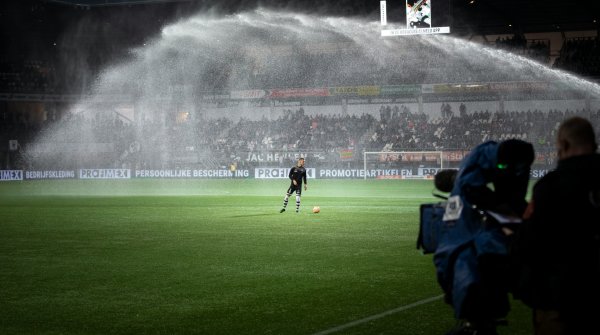 Sports Business8 trends that are changing sports sponsorship for good
Sports Business8 trends that are changing sports sponsorship for good